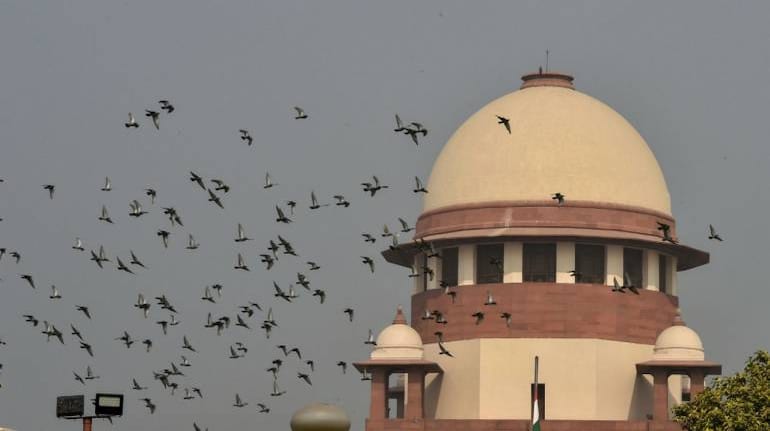



This week, the Supreme Court verdict dismissed a PIL that sought to transfer funds in the PM CARES fund to the National Disaster Relief Fund (NDRF). A day after the verdict, JP Nadda, National President of the Bharatiya Janata Party (BJP), called it an endorsement, saying that it should clear confusion about the fund.
So, what did the Supreme Court actually say? It found that the “PM CARES fund is a public charitable trust and is not a government fund”. Therefore, it concluded that “there is no occasion for issuing any direction to transfer the said funds to the NDRF”. This hardly any endorsement of any kind, forget giving legitimacy to the fund.
Distortions aside, it is useful to critically analyse both the petition and the judgment. The petition by the Centre for Public Interest Litigation sought a direction to the government to prepare and implement a Disaster Management Plan under Section 11 of the Disaster Management Act, 2005, to specifically tackle COVID-19, and to lay down minimum standards of relief to persons affected by the virus, as well as the resultant lockdown. It then sought a direction to utilise the NDRF for COVID-19 relief, and to transfer the balance in the PM CARES to the NDRF.
The government’s response was to say that the Disaster Management Act, 2005, only requires the government to make a disaster management plan, not for each specific disaster. Having made a plan in November 2019, the government was not statutorily required to make a plan specific to COVID-19. Further, given that the 2019 plan had minimum standards of relief prescribed, the government was not statutorily required to make fresh standards. The court, noticing that the 2019 plan specifically provided for biological and public health emergencies (BPHE), accepted these rebuttals while dismissing the prayers.
However, had the court examined the contents of the 2019 plan, it would notice how woefully inadequate the plan was to deal with an actual public health crisis. Para 7.15 of the plan (at pages 235 to 248) deals with the BPHE. Under ‘Preparedness and Response’, it requires the government to strengthen surveillance systems for detection and investigation of disease outbreaks, in the short term. Under ‘Strengthening Response’, it mandates strengthening pre-hospital care and emergency/critical care, and ICU network. As we now know, none of this was done, which led to being blindsided by the pandemic when it hit us.
Now, it is fair to argue that an event of the scale of the current pandemic could simply not have been anticipated, and therefore, we should give the government a long rope. However, to accept this plan which is practically redundant as an adequate defence in a petition seeking an actionable plan to combat the virus what has indisputably gone out of hand, borders on the absurd.
To be clear, the petition only sought the preparation of a plan, which already had been prepared in 2019. So the apex court was not technically wrong. Ditto with regard to minimum standards of relief. It is a different matter that the last few months are abound with examples of how the bare minimum relief was beyond the reach of many sections of the society.
Then we come to PM CARES. The petitioner wanted the balance in the fund transferred to the NDRF. The court refused to interfere on the grounds that it consists entirely of voluntary donations from individuals, and does not get any budgetary support.
Yet, one must also show the mirror to the activists who filed the PIL without doing their research. The prayers were such that they could be easily refuted by the government. Transferring the balance in PM CARES to the NDRF would open a whole host of constitutional issues, including the right to start and operate a charitable trust without interference from the government.
The problem with PM CARES is that it lacks any transparency. It is irrelevant that similar funds (the PMNRF and CM relief funds) also were not audited by the CAG, or that it does not receive budgetary support. The fund is aggressively promoted by the government, with government money, and on government websites. It is the government’s designated channel for COVID-19 relief. It consists of contributions of Indian citizens who answered the government’s emotive appeals. All this calls for greater accountability.
Bringing the fund under the purview of RTI (which the government objects to) will give accountability. Filing half-baked public interest petitions will not.
Abraham C Mathews is an advocate based in Delhi. Twitter: @ebbruz. Views are personal.Discover the latest Business News, Sensex, and Nifty updates. Obtain Personal Finance insights, tax queries, and expert opinions on Moneycontrol or download the Moneycontrol App to stay updated!
Find the best of Al News in one place, specially curated for you every weekend.
Stay on top of the latest tech trends and biggest startup news.